Food photography has become an integral part of modern culinary culture, driven by the rise of social media and the desire for visually enticing content. Whether you’re a food blogger, a chef, or simply a food enthusiast wanting to showcase your creations, making your food images stand out is crucial. In this guide, we will explore various strategies and techniques to elevate your food photography and captivate your audience.
Focus on Lighting: Illuminate Your Dish Beautifully
Natural Light is Key:
Utilize natural light for a soft, diffused look that enhances the colours and textures of the food. Position your setup near a window to make the most of natural lighting.
Archana Doshi, the blogger behind Archana’s Kitchen, showcases stunning food photography that often incorporates natural light to illuminate her dishes and make them look incredibly appetizing.

Courtesy: Instagram (Spicy & Masaledar Aloo Gobi and Beans Tawa Sabzi from Archana’s Kitchen)
Diffuse or Reflect Light:
If great natural light is not available, use diffusers or reflectors to soften harsh light and create an even, pleasing illumination on the food. Food photographer Narayana Swamy emphasises using warm diffuse light to photograph food.
- Backlighting: Backlighting can create a stunning effect, emphasizing the edges of the food and making it appear more appealing and appetizing. Avoid front lighting as it often results in strong, glaring highlights in your photograph. This can give your food a flat and unappetizing appearance.
- Side Lighting: Lighting from the side is indeed an excellent technique in food photography, as it can accentuate textures and create depth in your images. This method is particularly beneficial when capturing dishes with a variety of textures, such as sandwiches and burgers.
Understand Your Camera and Settings
- White Balance: White balance refers to the adjustment of the tint in the white areas of your photograph. When photographing food, opting for a warmer white balance setting can give the food a more inviting and appetizing appearance compared to cooler lighting.

Courtesy: shopify.com
- Aperture for Depth of Field: Use a wider aperture (lower f-number) to create a shallow depth of field, blurring the background and emphasizing the main subject.
Composition and Styling: Arrange Your Food Artfully
- Rule of Thirds: Apply the rule of thirds by placing key elements at the intersections or along the lines of a 3×3 grid, creating a balanced and visually pleasing composition. In the rule of thirds grid, the intersections where the lines meet are naturally compelling focal points. Therefore, consider positioning your primary subject on or in close proximity to one of these intersections to guide the viewer’s gaze effectively.

Courtesy: foodphotographyacademy.co
- Use Props Wisely: Incorporate carefully chosen props like utensils, napkins, or ingredients that complement the dish and add to the overall aesthetic appeal. Rough wooden boards, fine linens, or rustic ceramics can enhance the overall visual appeal.

Courtesy: www.fotor.com
- Play with Height and Depth: Create depth by placing elements at different heights. Use layers to add visual interest, making the image more engaging. Asha Shivakumar, owner of Food Fashion Party, a famous Indian food blogger thoughtfully incorporates depth and layers into her food images to add dimension and intrigue to her recipes.

Courtesy: foodfashionparty.com
- Leading Lines: Use lines within the composition to guide the viewer’s eye towards the main subject, creating a sense of movement and harmony.
- Symmetry and Patterns: Experiment with symmetrical compositions or patterns to create a visually pleasing and organized look.
- Negative Space: Incorporate negative space around the food to highlight the subject and provide a sense of balance and simplicity.
- Garnish with Fresh Ingredients: Decorate your dish with fresh herbs, edible flowers, or a drizzle of sauce to add colour and visual appeal.

Courtesy: ruchikrandhap.com
- Neat and Tidy Arrangement: Arrange the food neatly and ensure any spills or smears are cleaned up for a professional and appealing look.
- Capture Steam and Motion: Shoot while the food is still steaming or capture motion like pouring sauce to add a sense of freshness and excitement. You can use a handheld fan or blow gently on the food to create a subtle breeze that lifts steam, adding a dynamic and enticing element to the shot.

Courtesy: expertphotography.com
- Amp Up Texture: Showcase the texture of the food, whether it’s a crispy crust, gooey cheese, or a creamy filling, as it adds visual appeal.
- Incorporate Action Shots: Photograph action shots like pouring sauce or cutting through a dish. Include human hands in the frame to create a natural, casual vibe, and engage the viewer. Capture moments of food preparation to give a glimpse of the effort and creativity that goes into making the dish. This adds movement and excitement to the image.
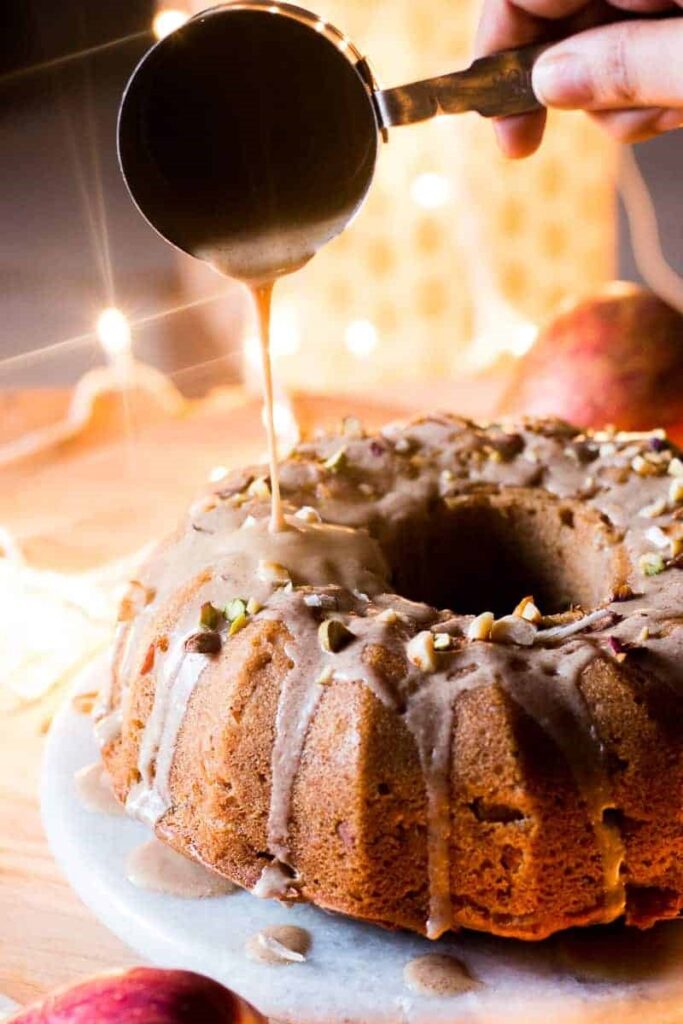
Courtesy: myfoodstory.com
- Use Utensils and Tableware: Incorporate utensils, napkins, or tableware strategically to add context. Try to tell a story about the dining experience with your food images. For example, Uma Raghuraman, the blogger behind Masterchefmom, artfully uses plates and serve wares to create beautiful and thematic settings for her Indian recipes.

Courtesy: nationalgeographic.co.uk
- Spritz with Oil or Water: Spritzing a bit of oil or water on the food can make it appear juicier and more appealing as mentioned by food photographer Narayana Swamy. This is particularly effective for grilled meats, vegetables, or salads, giving them a glistening, fresh look.
- Drip and Drizzle: For desserts, drizzling syrups, chocolate, or cream can add a sense of indulgence and capture the viewer’s attention. It also hints at the deliciousness of the dish. Richa Gupta of My Food Story incorporates drips and drizzles in her dessert and baked food photography. This technique adds a touch of lusciousness and indulgence to her images, making the food appear even more tempting.
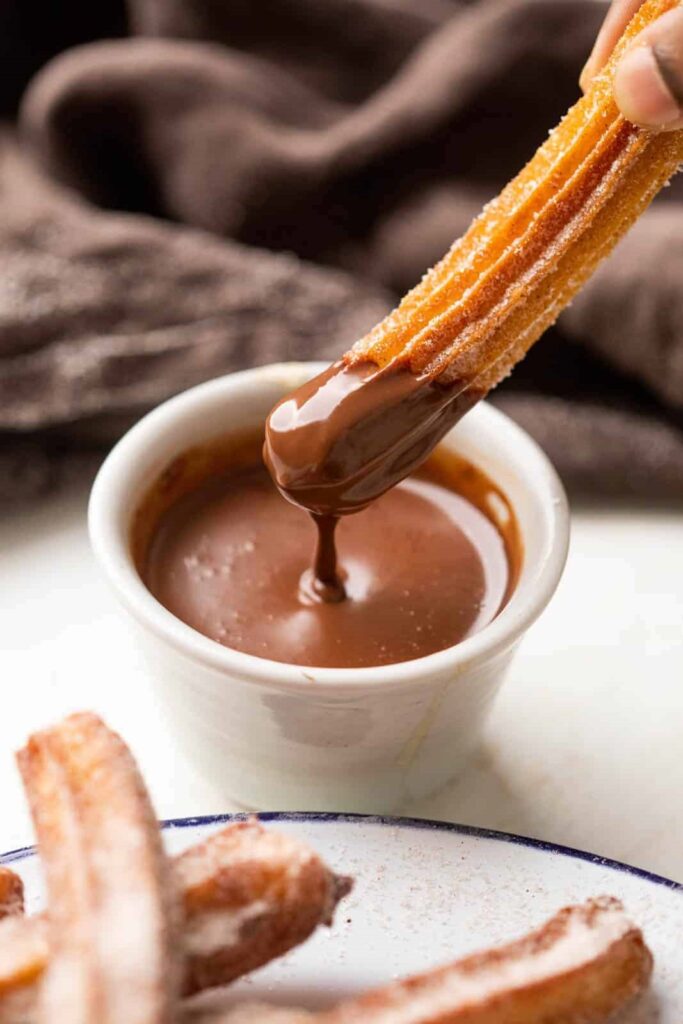
Courtesy: myfoodstory.com
- Sear and Grill Marks: For grilled items, emphasize sear marks and grill lines. It not only enhances the look of the food but also communicates its smoky and flavourful qualities.
Colour and Contrast: Make Your Food Pop
- Colour Harmony: Choose a colour palette that complements the dish. Contrasting colours often work well, making the food stand out. Food photographer Narayana Swamy explains how he puts a red chilli and a green coriander sprig on a bowl of white rice to balance the excessive whiteness and add a dash of contrast into it.

Courtesy: expertphotography.com
- Consider Background Colour: Select backgrounds that contrast or harmonize with the colours of the food to create an eye-catching effect.
Angles and Perspectives: Find the Best View
- Overhead Shots: Capture the dish from above (flat lay) to showcase the entire spread and provide a visually pleasing composition.
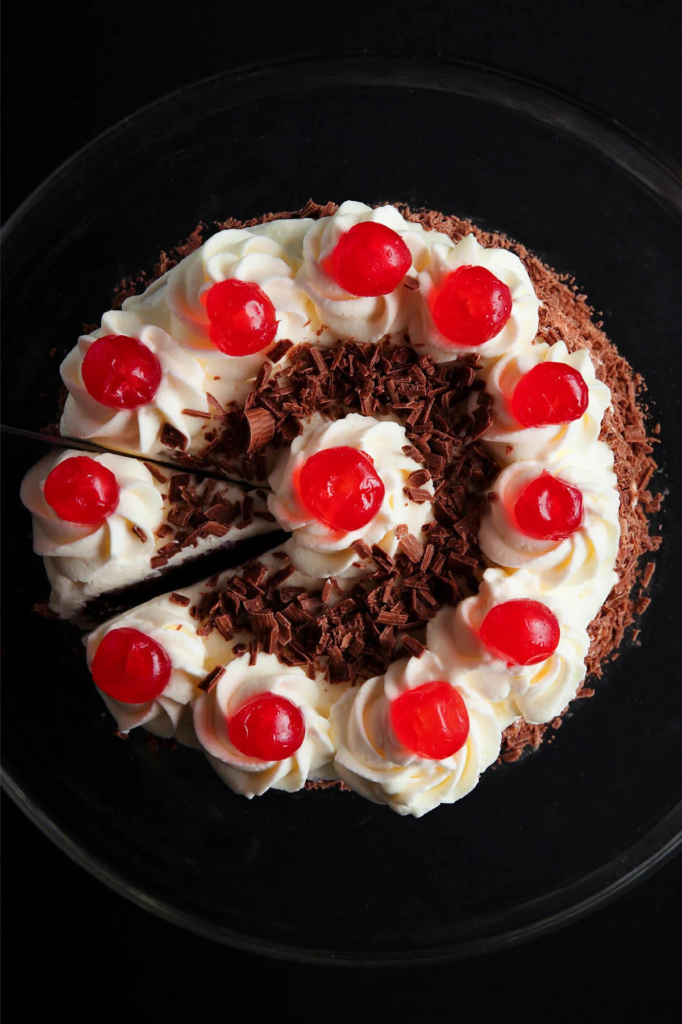
Courtesy: vegrecipesofindia.com
- Eye-Level Shots: Shoot at the same level as the food to create an intimate and inviting perspective that replicates the dining experience. According to food photographer Narayana Swamy, 450 angle also works best for most of the food images.
- Close-Ups and Details: Zoom in on specific details to highlight textures, flavours, or intricate designs, making the viewer crave the dish.

Courtesy: cookclickndevour.com
Post-Processing and Editing: Polish Your Images
- Correct Exposure and White Balance: Adjust exposure, contrast, and white balance to achieve the desired lighting and colour balance.
- Retouch and Enhance: Use editing software to retouch minor imperfections, enhance colours, sharpen details, and apply subtle filters to give your images a polished look.
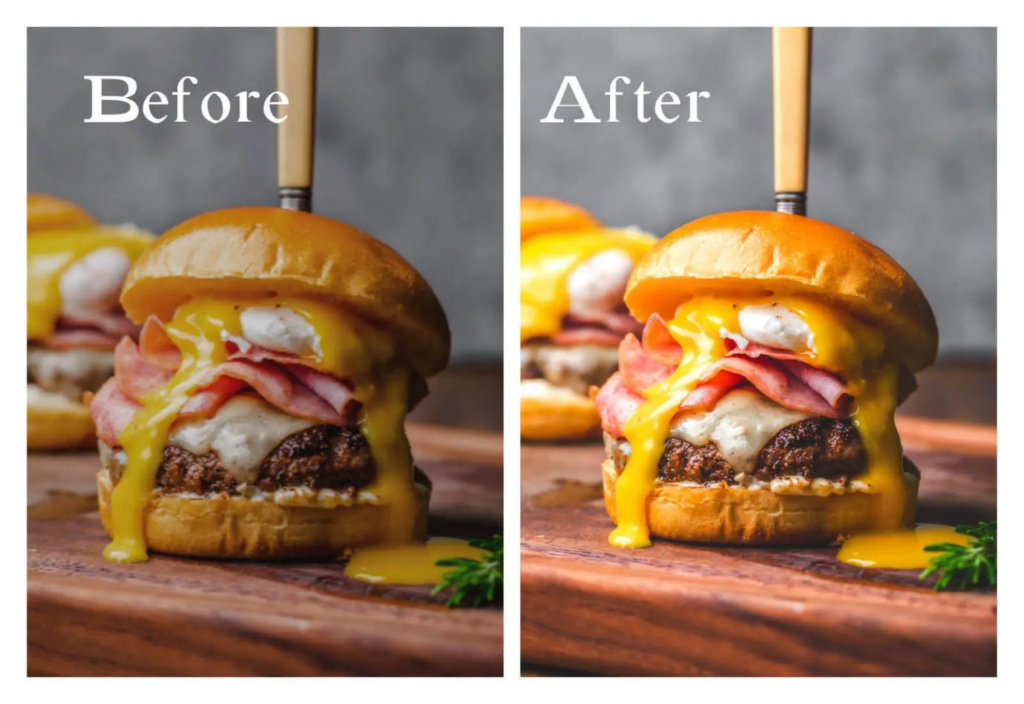
Courtesy: fotor.com
Common Mistakes to Avoid While Photographing Food
While capturing appetizing food images, there are several common mistakes and pitfalls to avoid. These can impact the overall quality of your food photography. Here are a few things to avoid:
- Harsh Highlights: Overexposed highlights can wash out the details and colours in your food. Be mindful of your camera settings and adjust exposure to prevent this issue.
- Harsh Shadows: While shadows can add depth and texture, harsh, distracting shadows can obscure your food’s appearance. Use diffused or soft lighting to minimize unwanted shadows.
- Messy and Distracting Backgrounds: Busy or cluttered backgrounds can draw attention away from the food. Keep backgrounds clean and uncluttered, focusing on the dish.
- Out-of-Focus Subjects: Ensure your main subject is in sharp focus. Use the appropriate focus mode and take test shots to confirm focus accuracy.
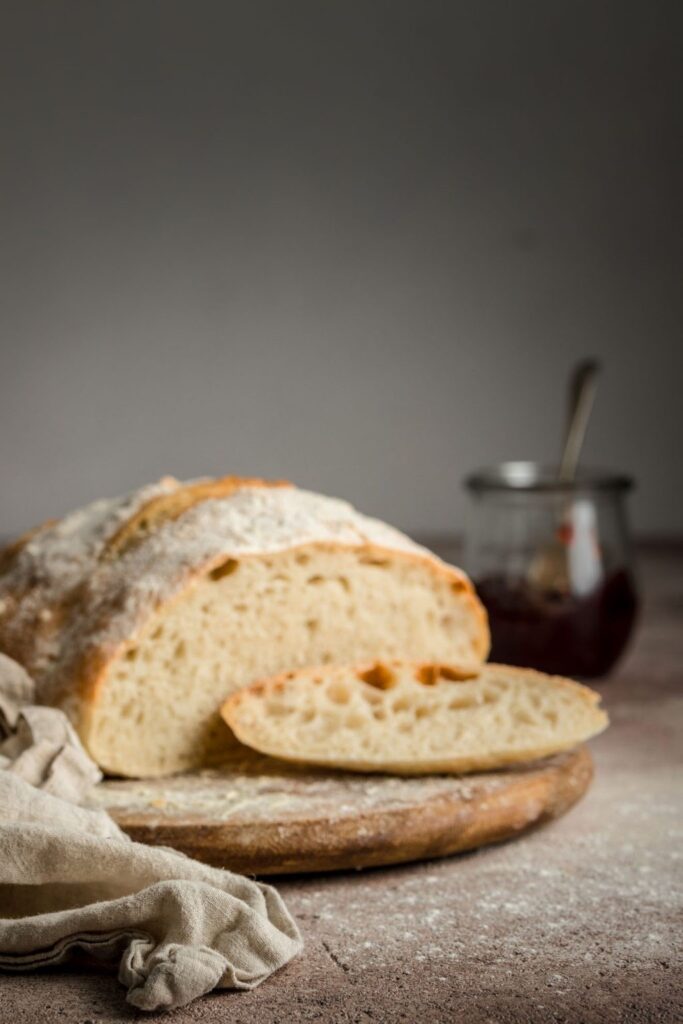
Courtesy: foodphotographyacademy.co
- Unrealistic Props: While props can enhance your composition, using props that look too artificial can detract from the authenticity of the image. Like if you place a book beside a bowl of Daal Makhni, the whole scene would look mismatched.
- Over-Editing: Excessive post-processing can make your food appear unnatural. Strive for a balance in editing to maintain a realistic, appealing look.
- Poor Presentation: Dishevelled or messy plating dishes can detract from the visual appeal. Pay attention to the presentation of the food. In the image below, the Indian-spiced prawns would have appeared more appealing if it had been captured in a wider frame along with accompanying elements, such as naan bread and chutney. The closer shot, on the other hand, lacks a sense of movement and fluidity, making it less visually enticing.

Courtesy: digital-photography-school.com
- Mixed Light Sources: Avoid mixing different light sources, as it can create colour inconsistencies and unnatural effects in your images.
Improving the aesthetic appeal of food images is an ongoing process that involves experimenting with different techniques, styles, and compositions. Practice and explore what works best for your particular dish and style, and don’t hesitate to let your creativity shine through in your food photography.






